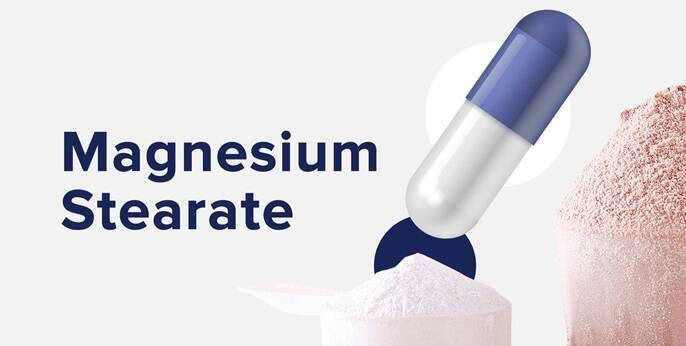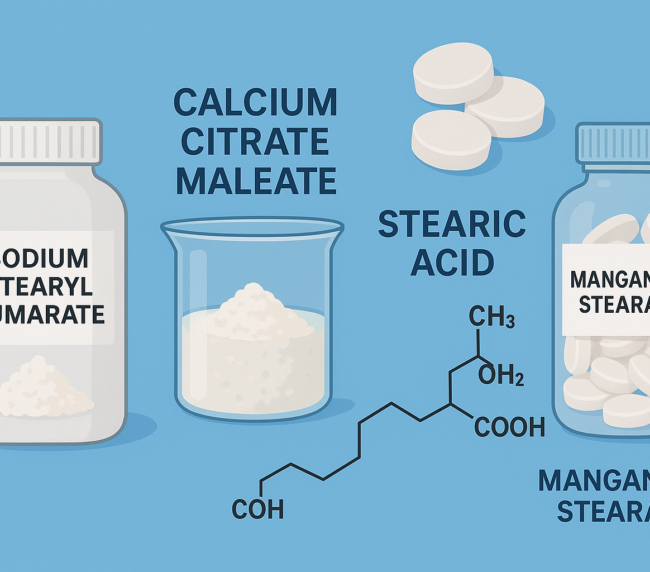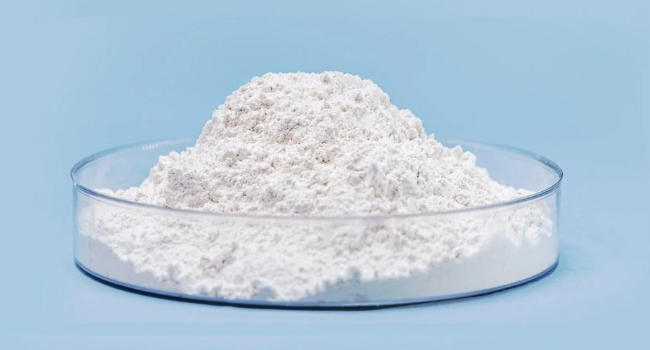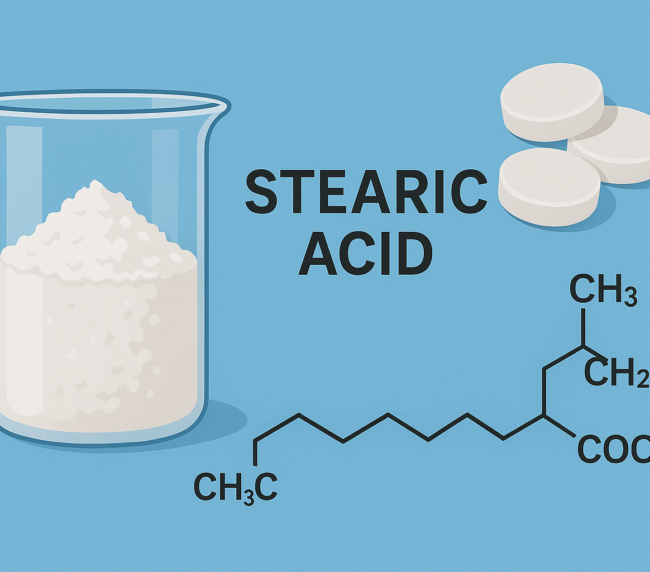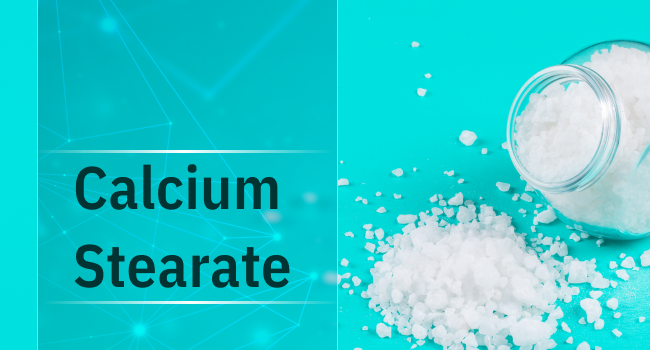Pharmacopeial Specifications
| Test |
JP 2001 |
PhEur 2005 |
USPNF 23 |
| Identification |
✓✓ |
✓ |
✓ |
| Loss on drying |
≤6.0% |
≤6.0% |
≤6.0% |
| Chloride |
≤0.1% |
≤0.1% |
≤0.1% |
| Sulfate |
≤1.0% |
≤0.5% |
≤1.0% |
| Lead |
— |
≤10 ppm |
≤0.001% |
| Heavy metals |
≤20 ppm |
— |
— |
| Microbial limits (aerobic) |
≤1000 CFU/g |
≤10³ CFU/g |
≤10³ CFU/g |
| Yeast & mold |
≤500 CFU/g |
— |
≤500 CFU/g |
| Assay (as Mg) |
4.0–5.0% |
4.0–5.0% |
4.0–5.0% |
| Organic volatile impurities |
— |
— |
✓ |
Applications in Pharmaceutical Formulation or Technology
Magnesium stearate is widely used as a lubricant in solid dosage forms including tablets and capsules, typically at concentrations of 0.25–5% w/w. It reduces friction between formulation particles and manufacturing equipment, thus improving powder flow and tablet ejection.
However, it is hydrophobic and can retard dissolution and disintegration of tablets if used in excess or mixed for too long. It is also used in barrier creams and non-pharmaceutical applications like cosmetics and food.
Comment
Magnesium stearate is a widely used lubricant but can negatively impact tablet dissolution and disintegration due to its hydrophobic nature. Its performance varies with blending time, crystalline form, and surface properties. Careful formulation control is essential to maintain consistent product quality.
